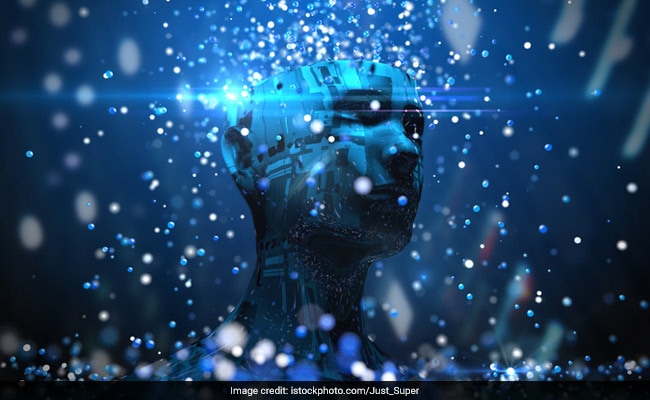

Trisha Greenhalgh, a medical doctor and professor of primary healthcare at Oxford University, recalls how an AI scanner reported her breast cancer as a “normal mammogram”. But it was her general practitioner who recognised that a short history of bleeding from the nipple in the late fifties stacks the odds against that diagnosis. “AI might assist but doesn’t detect cancer in the absence of a clinician asking intelligent questions,” writes Greenhalgh, warning medical practitioners and patients on overdependence on AI.
Cancer screening has emerged as one of the most widespread and prolific use cases of deploying artificial intelligence for early screening and detection of cancer. Early detection also promises higher chances of recovery among cancer patients. However, it comes with an important caveat of margin of error in screening.
“AI stable world principle indicates that artificial intelligence excels and can far beat human capability where rules are constant and make sense, for example, chess. That’s not how healthcare works, and screening tests, specifically, are very hard to do because there are so many known unknowns and unknown unknowns,” says Sumedha Sircar, founder of Liger India, a startup that’s building cervical screening using AI.
Sircar, who has a master’s degree in public health from Harvard T.H. Chan School of Public Health in Boston, says that while AI is currently not capable of making healthcare decisions, it can help create healthcare equity. “AI has the potential to enhance healthcare accessibility,” she says. She emphasises that the algorithms her company is developing are being researched by leading doctors and researchers at the National Cancer Institute in Boston. But even Asha workers in remote areas of Bihar and Jharkhand can be trained to utilise the screening devices, facilitating early detection of cervical cancer in rural India.
The Cost of AI Errors
Developed countries like the UK have introduced at-home blood tests or walk-in high street centres for mass detection of cancer at an early stage. Experts have warned that not only can AI-based scanners fail to accurately detect cancer in all instances, but there are also chances of the tests detecting incidentalomas, that is, incidentally found asymptomatic tumours that induce medical anxiety and unnecessary further tests among patients.
In India, the use of AI for medical screening is still in infancy. In July this year, the All India Institute of Medical Sciences (AIIMS) in Delhi launched an AI system trained on 5,00,000 radiological and histopathological images from 1,500 breast and ovarian cancer cases, which count among the most prevalent forms of cancer in India. Hospital chains like Apollo have begun an AI-driven precision oncology centre in Bengaluru and also tied up with Google to develop AI models for the early detection of cancer.
Startups like Niramai and Periwinkle are also attempting to build AI-based cancer screening. But it is too soon to assess the effectiveness of their implementations. Given India’s limited medical infrastructure for mass cancer screening, AI offers potential advantages. However, it’s important that Indian medical practitioners use caution, understand the potential for errors and use AI screening devices with due diligence.
A 2023 medical research to identify the impact of AI suggestions on the performance of radiologists indicated the downsides of an automation bias among human professionals. The AI assistant performed an initial assessment on every scan. Researchers knew which mammograms were cancerous but deliberately misled the AI for a subset of scans. When the AI provided an incorrect diagnosis, inexperienced and moderately experienced radiologists’ cancer detection rates dropped dramatically from around 80% to about 22%. Even the most experienced radiologists saw their accuracy decrease from nearly 80% to 45%.
Pranav Rajapurkar, a Google scholar and assistant professor at Harvard, also published his findings from a similar study to predict the effects of AI assistance on radiologists. Speaking in favour of humans contributing their unique expertise, Rajapurkar mentioned that while radiologists took 4% more time per case with AI, making their decisions less efficient, the use of clinical history did improve accuracy, suggesting that radiologists can benefit from using contextual information that is not yet integrated into AI.
“Given the human biases, optimal collaboration involves assigning cases to either the radiologist or AI alone. Rarely to both together,” argues Rajapurkar. “While AI holds promise, thoughtfully accounting for how humans actually use AI is critical,” he writes.
In the Indian context, with infrastructure challenges and a skewed doctor-patient ratio, it would make more sense to prioritise deploying AI to enable mass use of cancer screening technology rather than relying on it for expert findings.
(Shadma Shaikh is a technology journalist and the co-founder of FactorDaily)
Disclaimer: These are the personal opinions of the author





